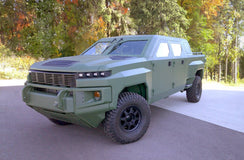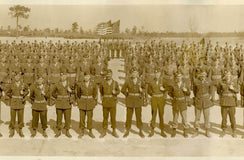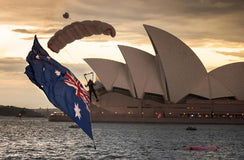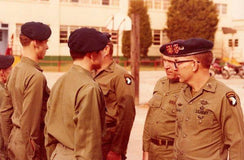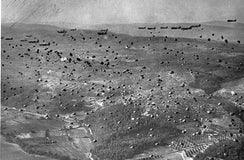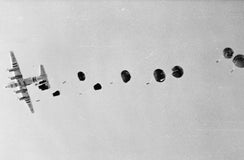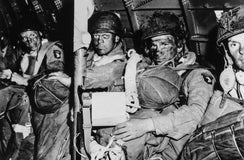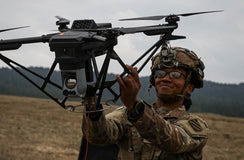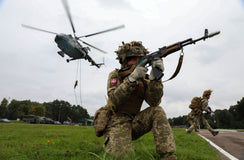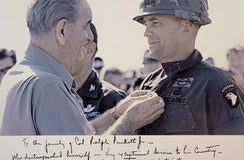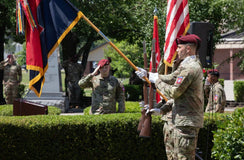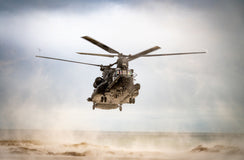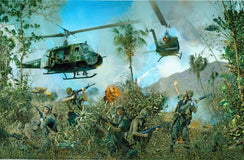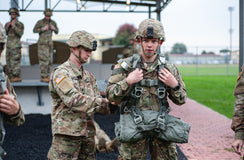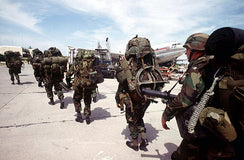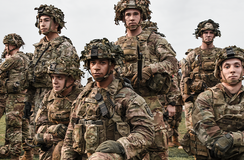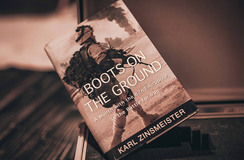Operation Table Tennis: The 503rd Jumps Into New Guinea
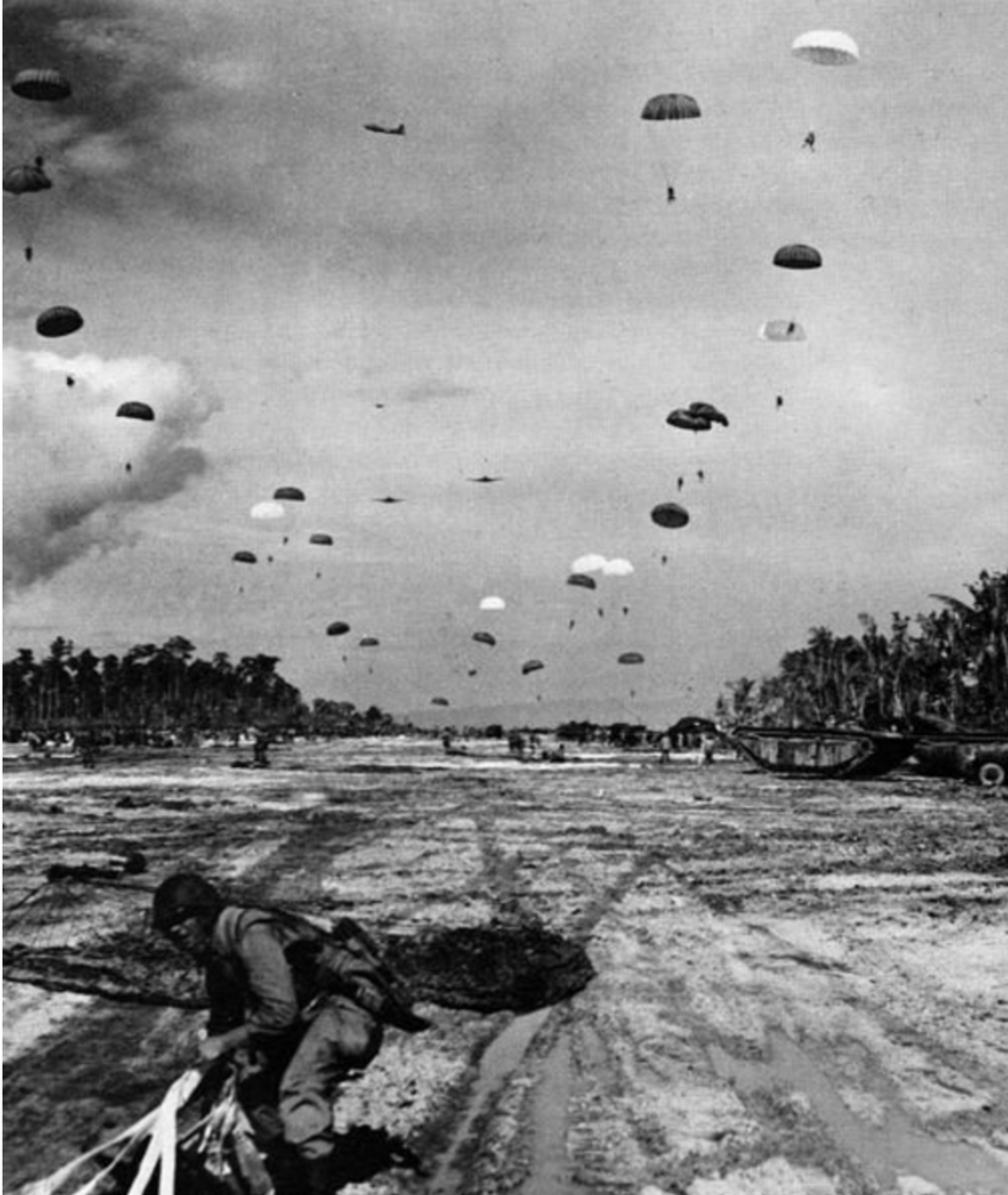
On Independence Day, many years after the Revolutionary War took place, Colonel George M. Jones of the 503rd Parachute Infantry found himself and his crew in the midst of battle.
However, this time, it was in World War II, many days after the nation signed the Declaration of Independence, and much further away than the Yorktown Battlefield—on the northwest coast of New Guinea.
On a small island called Noemfoor, the battle had already begun, with the gunfire bombardment of both heavy and light cruisers on the Australian-US Task Forces 74 and 75. With over 7,000 men already in motion, Rear Admiral Russell S. Berkey charged easily onward, met by minimal resistance upon hitting land. He then decided it would be safe to set up camp for the night on the beach behind a colorful coral ledge onshore.However, the calm before the storm didn’t last as long as Berkey would have hoped for.
As they camped for the night and planned their next move, he couldn’t help but feel a sense of uneasiness. Their unopposed advancements appeared all too simple—with a storm seemingly on the horizon where they couldn’t see.
As expected, the calm didn't last long. According to intelligence gathered by prisoner interrogations, Brigadier General Edwin D. Patrick received news that him and his men were expected to meet a force of 3,000 Japanese soon enough.
In order to prepare for battle, he sent for reinforcements—mobilizing the 503rd Parachute Infantry in Operation Table Tennis, along with Colonel Jones into action to land onto Kamiri airfield in the following days.
However, since there weren't enough aircrafts to transport the entire 503rd Parachute Infantry in one go, they were then broken into three separate deliveries, aiming to land along the coast in open airfield over the course of the next few mornings.
Unfortunately, little did they know, the reinforcement mission would be a bit bumpier than expected.
Starting from Hollandia Cyclops airfield, the first team of 739 paratroopers was deployed and jumped at 10 AM on July 3rd. Unfortunately, due to the mixture of a low-altitude drop because of failures in the air, certain parked vehicles, trees on the ground, and supply dumps, 72 of the 739 died on the jump.
In the second jump, the third team of 685 paratroopers were deployed at a higher altitude. Although a little more successful than the first as they suffered no casualties, the 3/503rd Parachute Infantry still experienced 56 injuries while in action.
After the casualties and injuries, the third jump, planned for the 2/503rd Parachute Infantry division, was canceled. The unit was then flown instead to Mokmer airfield and landed in Noemfoor on July 11th, safely.
And although the casualties and injuries suffered at the hands of misleading intelligence—the paratroopers' effort still contributed to securing Noemfoor Island on July 7th.
Forcing the Japanese further inland, most troops withdrew, with the 503rd Parachute Infantry troops in pursuituntil the very end. Officially, on July 16th, the 2nd Battalion troops of the 503rd Parachute Infantry Regiment found the surrounding location and hill abandoned. The troopers then enjoyed a few days of quiet, not seeing the Japanese again until July 23rd in an encounter that drew them even further back, with final fighting ending on August 31st.

